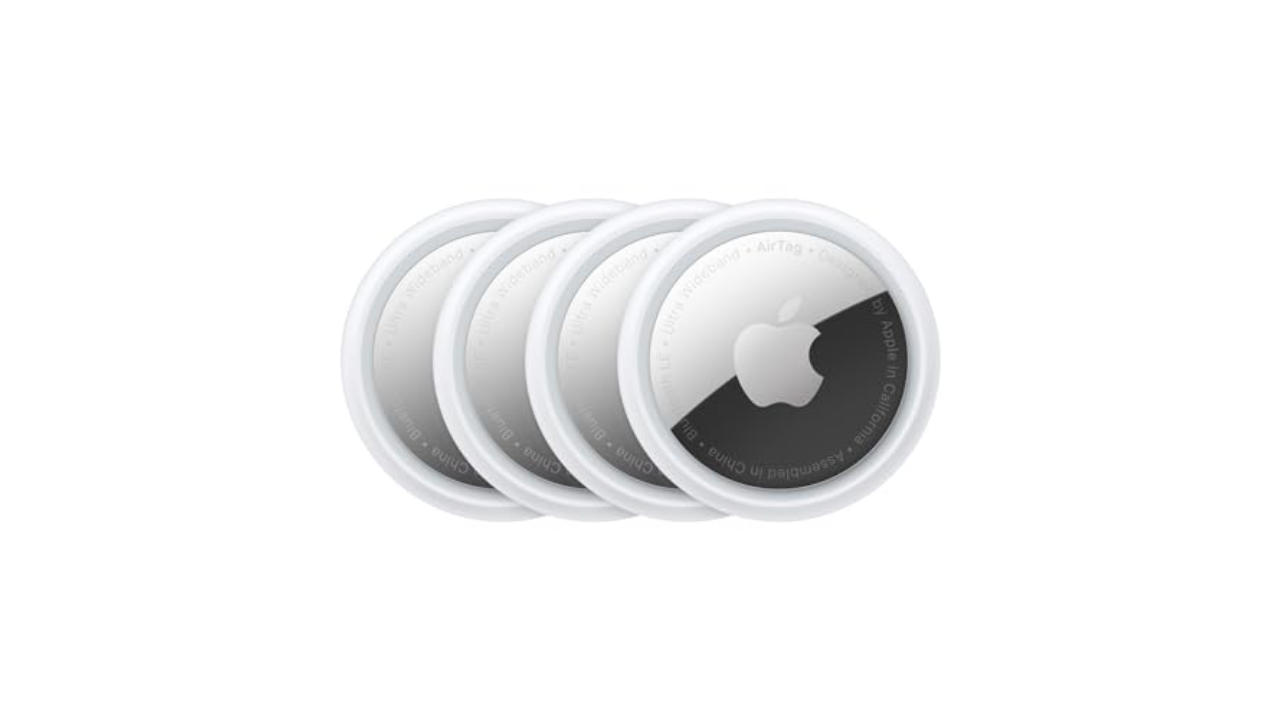
When you think “cool car,” you’re unlikely to conjure an image of a utilitarian family sedan. But Nissan, the Japanese auto manufacturer behind those SUV models, is—in the deeply literal sense—trying to be the one of the coolest cars around.
Nissan is trialing a heat-reflecting white paint that’s able to cool the exterior of its cars by up to 22 degrees Fahrenheit and the interiors by nine degrees Fahrenheit, according to the carmaker. The goal is for Nissan’s vehicles to avoid the inevitable broiling that usually accompanies parking a car in the hot sun, and for users to be able to cut back on air-conditioning usage. It’s part of a push the company—and the auto industry at large—is making to increase the efficiency of cars amid increased sustainability concerns in a warming climate.
“My dream is to create cooler cars without consuming energy,” Susumu Miura, senior manager of the advanced materials and processing laboratory at the Nissan Research Center, said in a Wednesday press release. “This is especially important in the EV era, where the load from running air-conditioning in summer can have a sizable impact on the state of charge.”
Nissan introduced the paint, which is six times as thick as typical car paint, in November 2023 at the Tokyo International Air Terminal at Haneda for a 12-month trial. Partnering with energy tech company Radi-Cool, it applied its cooling paint to airport service vehicles. Miura hopes Nissan will adapt the paint application to commercial vehicles.
The technology has become increasingly appealing amid pushes for climate-conscious vehicles. Toyota is also experimenting with paint that has the potential to cool cabin temperatures. In 2021, a team of Purdue University engineers created the world’s whitest white paint that can reflect over 98% of sunlight. A year later, the team developed a thinner version of the paint that’s able to coat airplanes, cars, and space shuttles.
The key to Nissan’s cooling paint’s effectiveness is two particles: one that reflects near-infrared rays that usually cause normal paint to absorb heat, and another that creates electromagnetic waves to deflect the heat.
“It has basically combined the light from different wavelengths all together, so you reflect the light on all different angles of different wavelengths,” Shu Yang, a professor of materials science and engineering at the University of Pennsylvania, told Fortune.
Yang likened the paint to sunscreen, which both absorbs and reflects UV rays from the skin. Even the materials within the paint share similarities with sunscreen, such as titanium oxide, the foundational compound in many of the cooling technologies that reflect heat. While the paint appears white, it’s not a function of a pigment added to the paint, Yang said; it’s a result of the structural particles used to create the paint itself.
Shiny futures ahead
Though more car manufacturers are introducing reflective white paint as a cooling solution, there are plenty of unanswered questions about how to improve the technology in the future. For one, eco-conscious Nissan consumers can forget about adding a colorful flair to their cool cars, Yang said. The cooling paint will remain white as material scientists continue to identify the optimal particle size to reflect light and heat. The end goal will likely be to develop an effective translucent paint that can coat colorful car pigments, she said.
The problem is simply figuring out how to do that. Even beyond the development of cooling paint, there are still too many scientific unknowns about how and why certain colors reflect and absorb heat. While the general scientific rule is that light colors reflect heat and dark colors absorb it, there’s still anomalies, like the deep purple eggplant.
“If you touch the skin of the eggplant, it’s actually cool,” she said. “So there’s a lot of questions: Why, and what happened?”
But material scientists warn that even technological discoveries and improvements to these technologies only offer so much in addressing climate change. The compounds like barium sulfate require mining and extraction, which produce higher carbon emissions.
Jeremy Munday, an electrical and computer engineering professor at the University of California at Davis, said painting cars with reflective white paint is really just a drop in the bucket of addressing the impact of greenhouse gasses being pumped into and trapped inside the atmosphere.
“This is definitely not a long-term solution to the climate problem,” Munday told the New York Times. “This is something you can do short term to mitigate worse problems while trying to get everything under control.”
Credit: Source link














